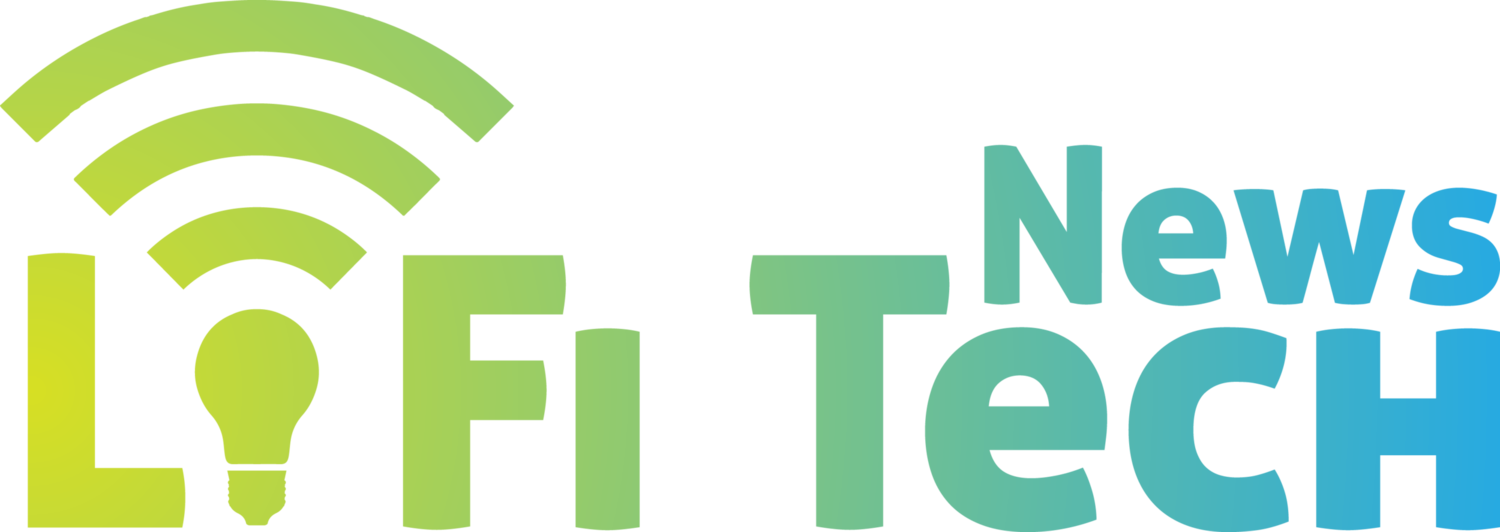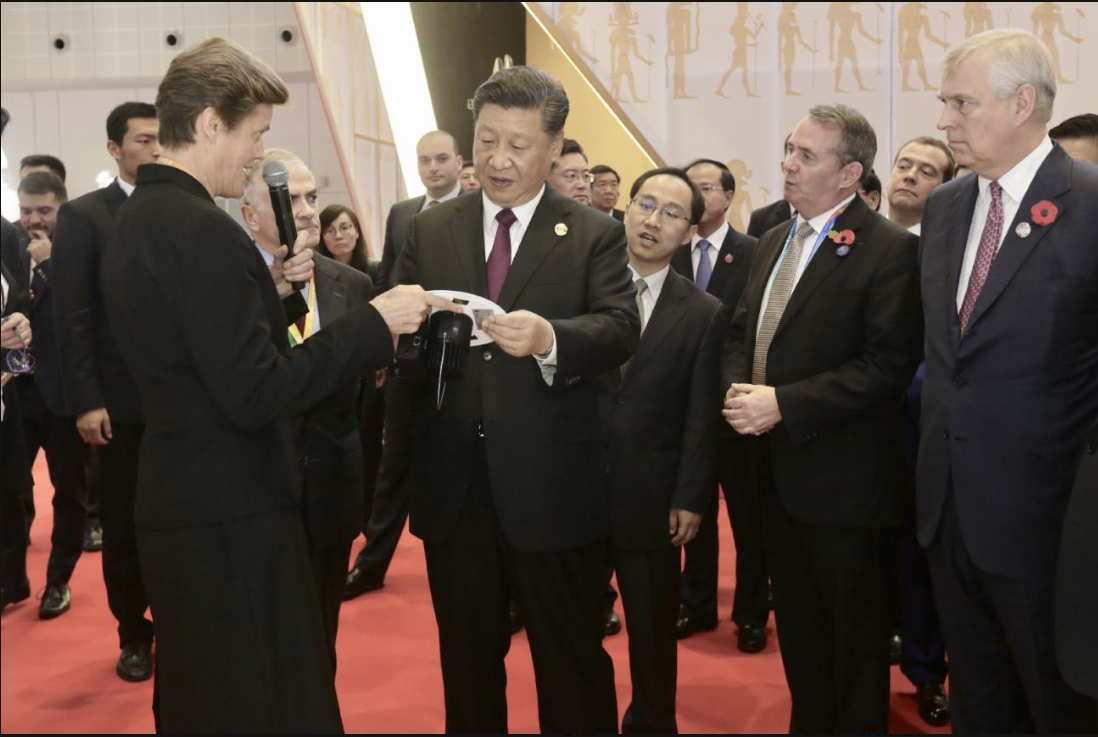OWNII Coin
“A cryptocurrency for Li-Fi Implementation”
Global Greenology, a privately owned global manufacturing and design company specialising in environmentally friendly, energy efficient building solutions, has developed a cryptocurrency for Li-Fi implementation.
Cryptocurrency is a medium of exchange, which makes use of cryptography to secure transactions and to control the creation of additional currency units through the internet. Cryptocurrency development has been actively growing since 2009, thus offering a broad range of possibilities for transactions between users. The first cryptocurrency created was Bitcoin, and as of September 2015, there were over 14.6 million bitcoins in circulation valued at $3.4 billion (£2.6 Billion). The success of Bitcoin has spawned approximately 1200 competing cryptocurrencies, such as Litecoin, Ethereum and many more.
Blockchain technology powers the cryptocurrency network and is used to store encrypted transactional information online. This digital ledger records all the transactions that have ever been conducted using cryptocurrency, providing the necessary data structure for this ledger and reducing the capability of sensitive information being hacked.
Optical Wireless data transfer, also known as Li-Fi, is the future of wireless communication and was established in 2011 by creator Harald Haas. This new internet streaming method uses visible light waves from the semi-conductive nature of LED light bulbs. Li-Fi is unique in that the same light energy used for illumination can also be captured by specialised equipment and used for communication.
OWNII Coin is developed to oversee, develop, and design the physical infrastructure necessary to implement Li-Fi in the United States and developing nations abroad and is sold privately. The pureLiFi company has manufactures and distributes the equipment needed to stream communication through existing LED bulbs but to implement Li-Fi , installation of this equipment is necessary.
Global Greenology states that the OWNII Coin will promote the creation of a new internet infrastructure in the United States and beyond. It will also create numerous opportunities for employment, business ownership, and entrepreneurial endeavours selling equipment and services. The multiple streams of revenue that OWNII Coin represents brings unprecedented value. Once launched, the infrastructure creates new technology, software, products and services making this coin and ecosystem very valuable.
OWNII coin and the resulting financial capital it generates allows Global Greenology the opportunity to build the OWNII Ecosystem and effectively provide the technology to reach the end user and provide opportunities for manufacturing of the Li-Fi light bulbs and connection devices. It opens a level playing field for the smaller business owner or an entrepreneurial start-up company to get involved on the ground floor of this opportunity.
Photo credit to Imgur
More specifically, OWNII creates wireless communication, that is faster, addresses issues with internet security, allows localisation due to small coverage area of Li-Fi access points used for precise asset tracking. Furthermore, providing ubiquitous high-speed wireless access that offers substantially greater data density (data rate per unit area) than RF through high bandwidth reuse.
Finally, the OWNII Coin system exploits the advantages of cryptocurrencies over fiat currencies as a medium of exchange. In particular, it does not require any single agent or institution be trusted to keep an honest ledger, provide low transactions costs, or offer increased security to customers. The technical elements and infrastructure needed to implement the OWNII Coin system is already established and ready for execution, the only real challenge is the dissemination. Global Greenology’s establishment of the OWNII Coin system has the potential to disrupt our current expensive wireless communication system.















